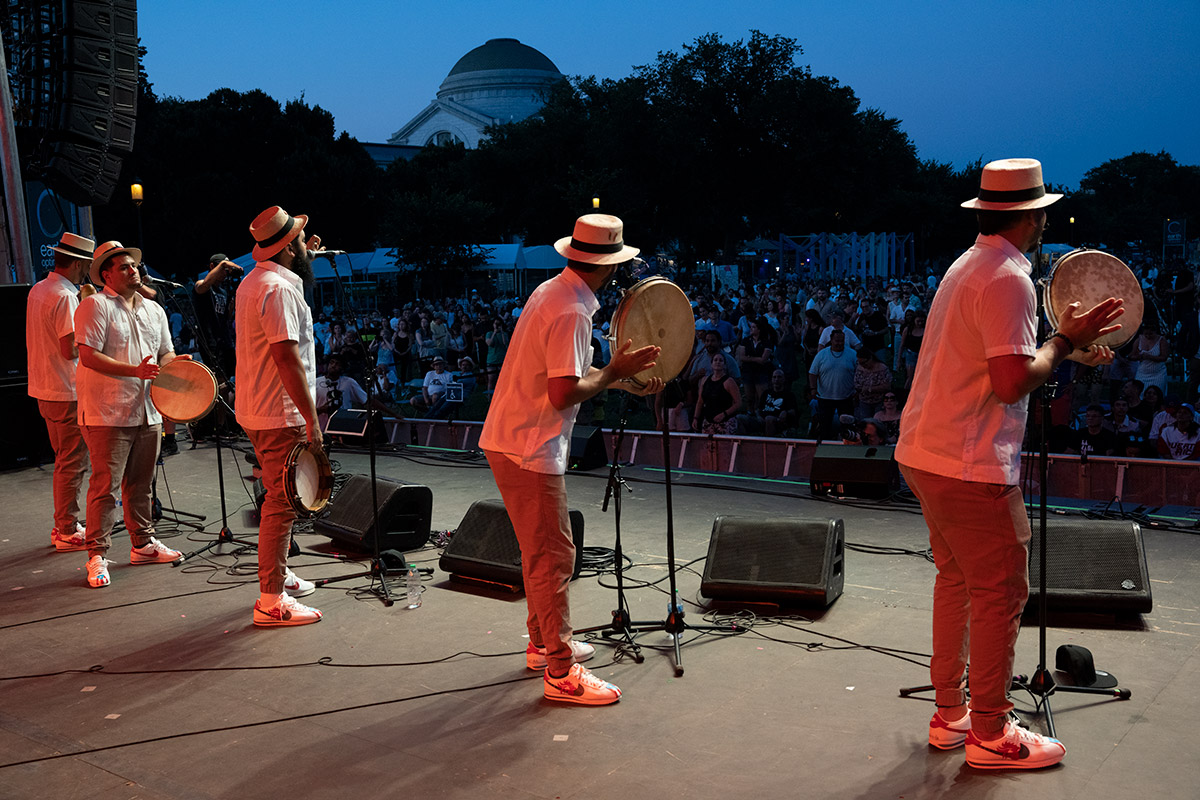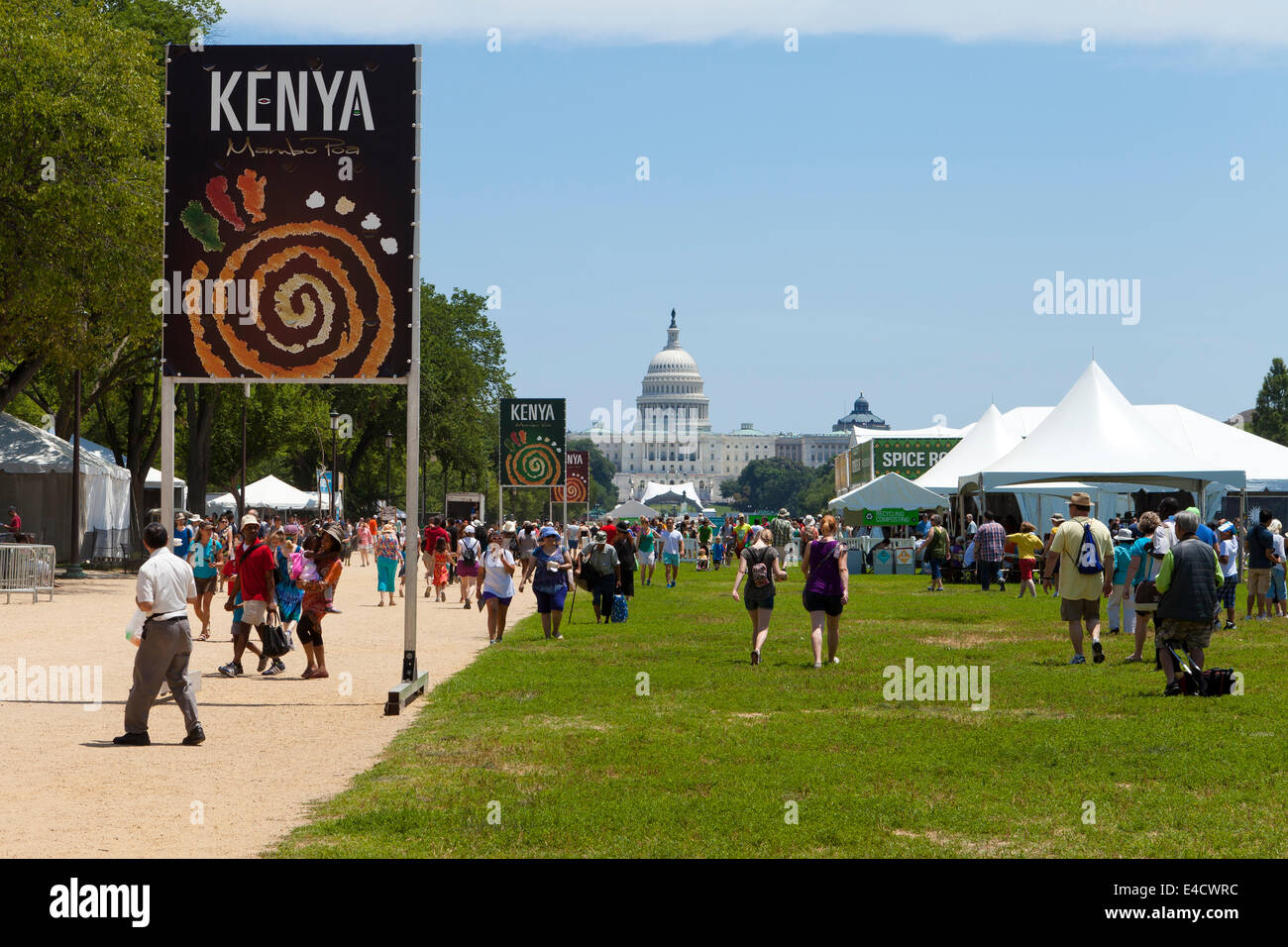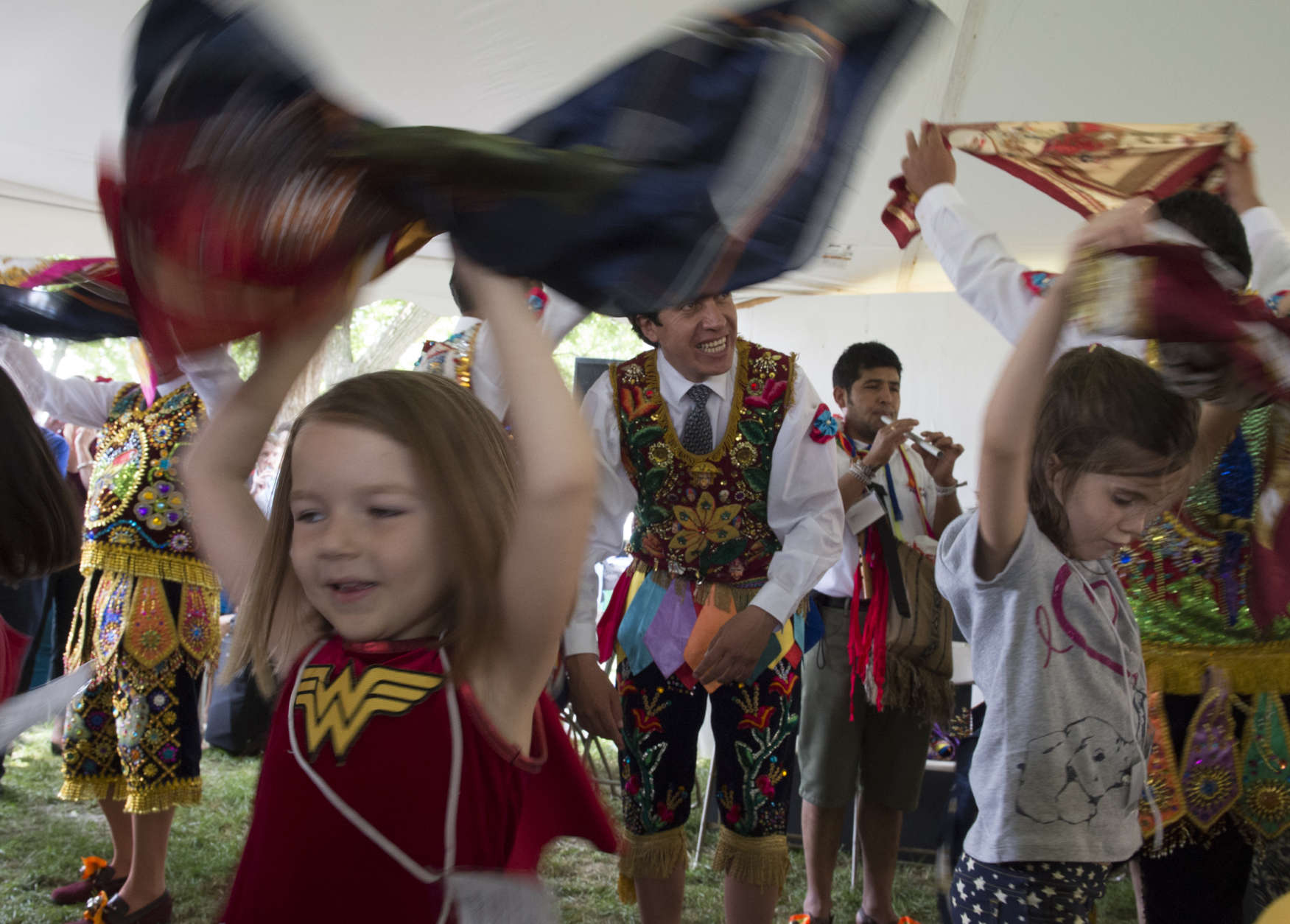Celebrating Cultural Diversity: An Overview of the Smithsonian Folklife Festival
The
Smithsonian Institution is renowned for its commitment to preserving and promoting cultural heritage from around the world. One of the most significant events that embody this mission is the
Smithsonian Folklife Festival. Held annually on the
National Mall in Washington, D.C., this festival is a vibrant celebration of traditional music, dance, crafts, and cuisine from diverse cultures. In this article, we will delve into the general information about the Smithsonian Folklife Festival, exploring its history, significance, and what makes it a must-attend event for anyone interested in cultural diversity.
History of the Smithsonian Folklife Festival
The Smithsonian Folklife Festival was first held in 1967, with the aim of showcasing the rich cultural heritage of the United States and other countries. Over the years, the festival has evolved to include participants from more than 90 countries, making it a truly international event. The festival is organized by the
Smithsonian Center for Folklife & Cultural Heritage, which works tirelessly to promote cultural understanding and exchange.
Program Highlights
The Smithsonian Folklife Festival features a wide range of programs and activities that cater to different interests and age groups. Some of the highlights include:
Music and Dance Performances: The festival showcases traditional music and dance from around the world, including folk, blues, and other genres.
Craft Demonstrations: Skilled artisans demonstrate their crafts, such as weaving, pottery, and woodcarving.
Culinary Delights: Visitors can sample traditional cuisine from participating countries, offering a unique gastronomic experience.
Interactive Workshops: Hands-on workshops allow visitors to learn traditional crafts, music, and dance from expert practitioners.
Significance of the Smithsonian Folklife Festival
The Smithsonian Folklife Festival is more than just a cultural event; it serves as a platform for cultural exchange, education, and community building. By celebrating the diversity of human experience, the festival promotes cross-cultural understanding, respect, and empathy. It also provides an opportunity for artisans, musicians, and performers to share their traditions with a wider audience, helping to preserve cultural heritage for future generations.
Plan Your Visit
The Smithsonian Folklife Festival is a free event, open to the public, and typically takes place over two weekends in June and July. Visitors can plan their trip by checking the festival schedule, which includes performance timings, craft demonstrations, and other activities. With its rich cultural offerings, delicious food, and interactive programs, the Smithsonian Folklife Festival is an event not to be missed.
In conclusion, the Smithsonian Folklife Festival is a vibrant celebration of cultural diversity, offering a unique opportunity to experience traditional music, dance, crafts, and cuisine from around the world. By attending this festival, visitors can gain a deeper appreciation for the richness and complexity of human culture, while also contributing to the preservation of cultural heritage. So mark your calendars and join the festivities on the National Mall to celebrate the diversity that makes our world a more interesting and beautiful place.
Related Links:
Smithsonian Institution
Smithsonian Folklife Festival
National Mall
Keyword Tags: Smithsonian Folklife Festival, Cultural Diversity, Traditional Music, Dance, Crafts, Cuisine, National Mall, Washington D.C., Smithsonian Institution.









